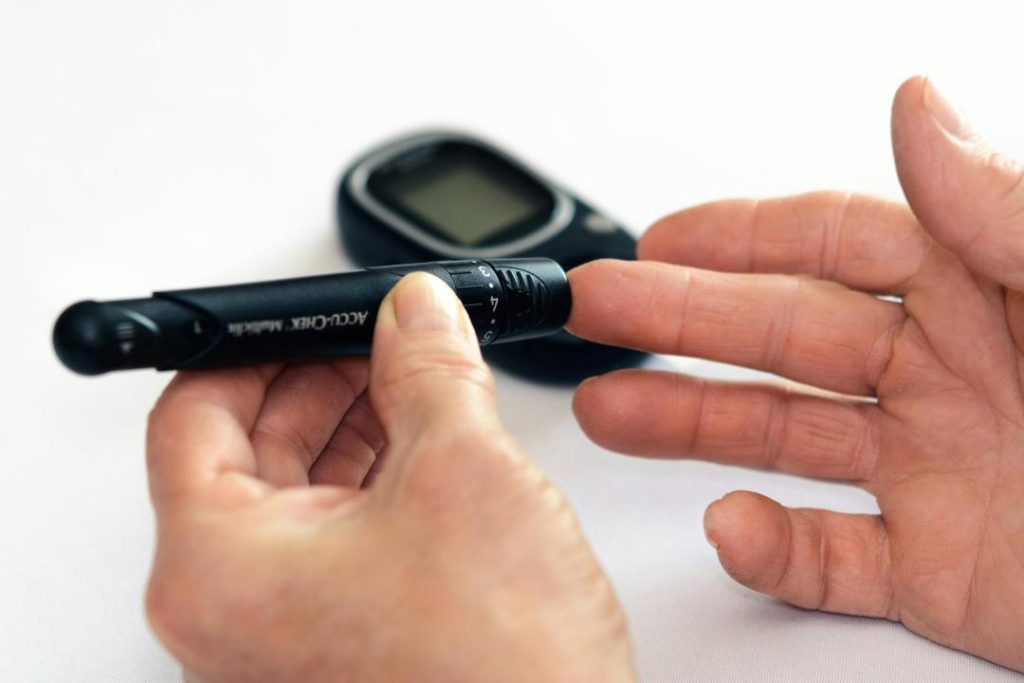
Can Treating Obesity Help Kids Beat Diabetes?
As the world struggles to combat the rising prevalence of type 2 diabetes among children, a growing body of evidence suggests that addressing obesity in these young patients can significantly improve blood sugar control and, in some cases, even reverse the disease. The good news is that new treatments, including modern medicines and weight-loss surgery, combined with healthy eating and regular physical activity, can give kids a stronger chance at long-term health and protection from complications.
Type 2 diabetes in children: an emerging concern
Type 2 diabetes, once considered a disease of adulthood, is now increasingly affecting children and adolescents. According to the World Health Organization (WHO), the global prevalence of type 2 diabetes in children and adolescents has nearly quadrupled since 1980. In the United States alone, the Centers for Disease Control and Prevention (CDC) estimates that more than 200,000 children and adolescents have been diagnosed with type 2 diabetes, with the majority being overweight or obese.
The link between obesity and type 2 diabetes
Obesity is a significant risk factor for type 2 diabetes in children, as excess body fat can lead to insulin resistance, a condition in which the body’s cells become less responsive to insulin, a hormone produced by the pancreas that regulates blood sugar levels. When insulin resistance occurs, the pancreas produces more insulin to compensate, but over time, the pancreas may become exhausted, leading to a decline in insulin production and the development of type 2 diabetes.
Treating obesity in children with type 2 diabetes
Given the close link between obesity and type 2 diabetes, it makes sense to address obesity in children with type 2 diabetes. A study published in the Journal of Clinical Endocrinology and Metabolism found that a comprehensive weight management program, including dietary changes and increased physical activity, significantly improved insulin sensitivity and reduced the risk of type 2 diabetes in obese children.
New treatments for obesity in children with type 2 diabetes
In addition to lifestyle changes, new treatments are emerging to help children with type 2 diabetes and obesity. One such option is weight-loss surgery, also known as bariatric surgery. This procedure has been shown to be effective in reducing body mass index (BMI) and improving blood sugar control in obese children with type 2 diabetes.
Another promising treatment is a new class of medications known as glucagon-like peptide-1 (GLP-1) receptor agonists. These medications mimic the action of a natural hormone produced by the intestines, helping to regulate blood sugar levels and promote weight loss. A study published in the New England Journal of Medicine found that a GLP-1 receptor agonist significantly improved glycemic control and reduced the risk of severe hypoglycemia in children with type 2 diabetes.
The importance of healthy eating and regular activity
While medications and surgery can be effective in treating obesity and type 2 diabetes in children, lifestyle changes are still essential for long-term health and well-being. A healthy diet rich in whole foods, fruits, and vegetables, combined with regular physical activity, can help children with type 2 diabetes maintain a healthy weight and improve blood sugar control.
In addition, engaging in physical activity has been shown to have numerous benefits for children with type 2 diabetes, including improved insulin sensitivity, reduced blood pressure, and enhanced mental health.
Conquering the challenges of pediatric type 2 diabetes and obesity
While the prevalence of type 2 diabetes and obesity in children is a significant concern, there is hope. By addressing obesity and implementing comprehensive treatment plans, children with type 2 diabetes can achieve better blood sugar control and even reverse the disease.
To conquer the challenges of pediatric type 2 diabetes and obesity, it is essential to involve parents, healthcare providers, and children themselves in the treatment process. This may involve:
- Regular check-ins with a healthcare provider to monitor progress and adjust treatment plans as needed
- Participation in a comprehensive weight management program, including dietary changes and increased physical activity
- Encouragement and support from family and friends
- Education and empowerment of children with type 2 diabetes to take an active role in their own health and well-being
Conclusion
Treating obesity in children with type 2 diabetes is a critical step in improving blood sugar control and reducing the risk of complications. By combining new treatments, including modern medicines and weight-loss surgery, with healthy eating and regular physical activity, young patients can achieve better health outcomes and a stronger chance at long-term well-being.
As we continue to navigate the complex landscape of pediatric type 2 diabetes and obesity, it is essential to remember that every child is unique and deserves a personalized approach to treatment. By working together as a team – including parents, healthcare providers, and children themselves – we can help kids with type 2 diabetes and obesity overcome the challenges they face and live longer, healthier lives.
Source: https://thepfc.club/blogs/news/understanding-pediatric-type-2-diabetes-and-obesity






